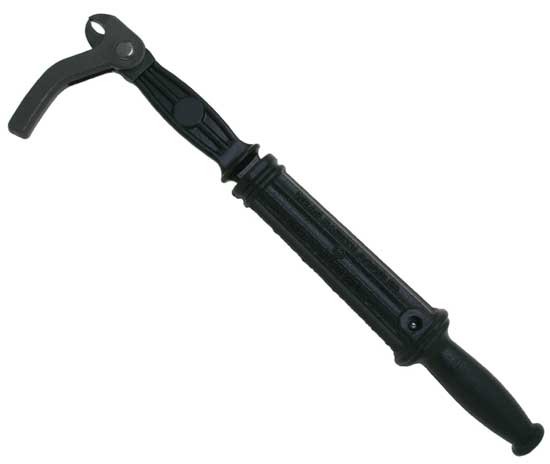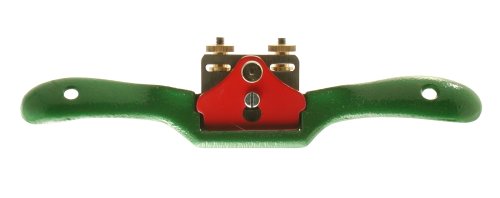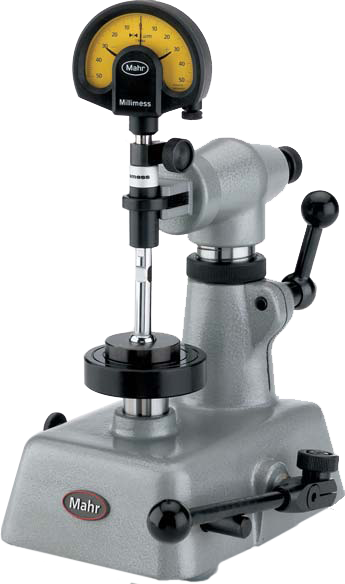Adam Savage, co-host of Mythbusters

Cool Tools Show 057: Adam Savage
Our guest this week is Adam Savage. Adam was the co-host of Mythbusters and editor-in-chief of Tested.
Subscribe to the Cool Tools Show on iTunes | RSS | Transcript | Download MP3 | See all the Cool Tools Show posts on a single page
Show notes:

19″ Forged Alloy Nail Puller($42)
The first tool I wanted to talk about is a really ancient tool and it’s a cast iron nail puller. It’s got a little beak at the end like a octopus’ beak or a squid beak and that’s the part you put around the nail. … You use the handle to hammer the beak and the beak clamps in and grabs both sides of the nail. Then you pull back on the handle using the lever to the side of the beak and it yanks a nail right out of the wood. I use this tool maybe once every couple of years, but every time I do there’s no other tool that would have done what this does. … You could have a nail that’s missing it’s head and this thing could still pull it out. Try and find me another tool that could apply that much physics to the problem of pulling a nail. … It feels right out of a Sears catalog or a Montgomery catalog from the turn of the last century.

Kunz 151 Flat Spokeshave ($29)
I was shocked at how easy it was to use a spoke shaver, at how well it took a square piece of wood and made it round in literally about 15 minutes. … Like the rule of knives. You cut on the pole. You place it on the corner and you adjust the angle of the wood with how you’re holding it and you pull back towards yourself and you can, with really impressive precision, peel off a lot of or little of the wood as you’re puling the spoke shaver towards you. … I was really surprised at how ergonomic it was, at how much fine motor control even a beginner like me had in making this two by four, or this one by one, a nice round dowel.

Marameter 844K Intramess Mahr Federal Self Centering Bore Gages
If you’re doing high level machining work. This is what’s called a check gage or a comparato. This allows you to make sure that the parts that you are making are absolutely scalable to each other, or you’ll have a set of gage blocks. Gage blocks are, let’s say you want to make something that is exactly 1.3759 inches tall. It’s got to be that tall because you’re working with incredibly high tolerances for a piece of NASA hardware. You’d set that height up using gauge blocks, which are a set of blocks that allow you to put them together in multiple combinations that give you every gradation and then you’d place them underneath this check gauge and you’d center it so that it would be set, so that zero on the check gauge was at 1.3795 inches tall and then you’d machine your part and you’d put it into double check that it was exactly the correct height. This is when your working with tolerances, obviously, much finer than the thousandth of an inch, which many high level machines are built to. It’s not actually that I have a regular need for this much accuracy, but I love knowing that it’s possible.

Janome HD3000 Heavy Duty Sewing Machine w/ Hard Case ($400)
I have been sewing my whole life, since home economics in the 70’s. I had this [old] sewing machine I bought for a job about 20 years ago. It’s been in recent times coughing up a little blood. It’s 25 years old and I decided to upgrade. I did a little research and I found that the Janome HD3000 was, for me, the best mix of a prosumer heavy duty machine that wouldn’t break the bank. … There’s a specific foot for doing a surger stitch and I’m sewing with fur lately as part of a costuming thing and the fur requires a surger stitch for the maximum straight and it’s really cool. It’s opened my eyes to using custom feet for different types of executions like button holes and things like that.









